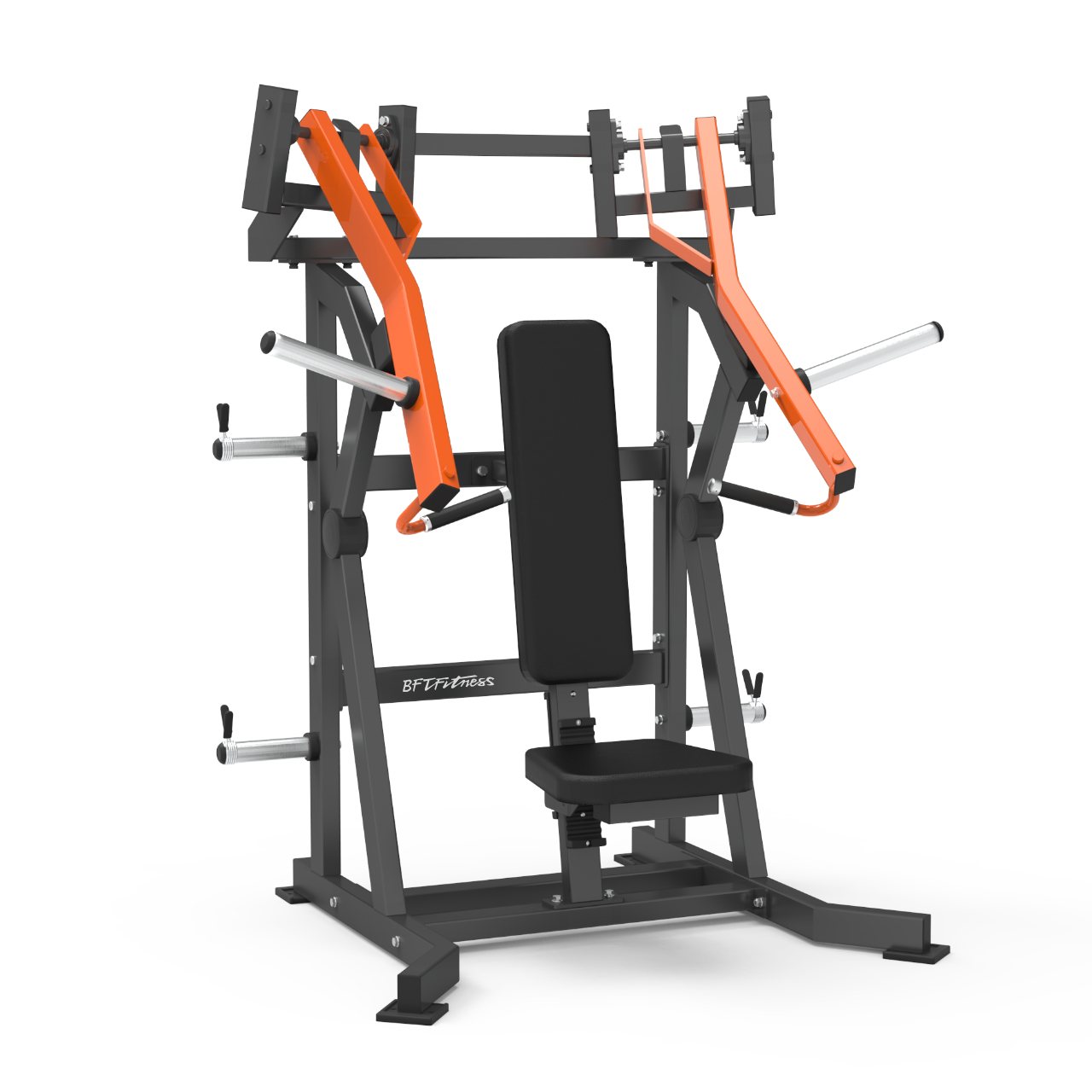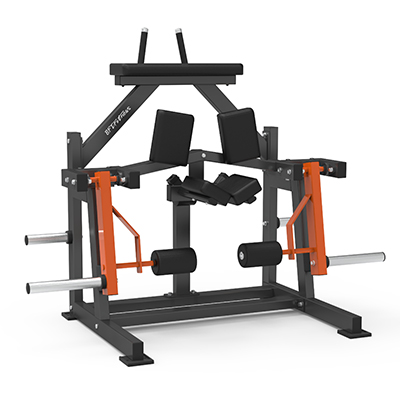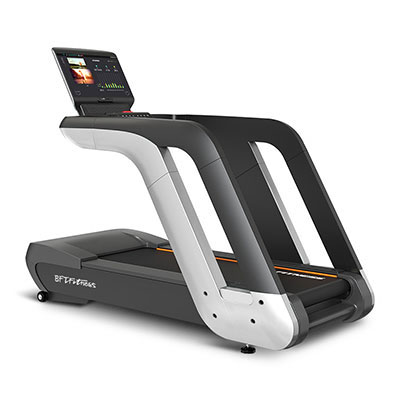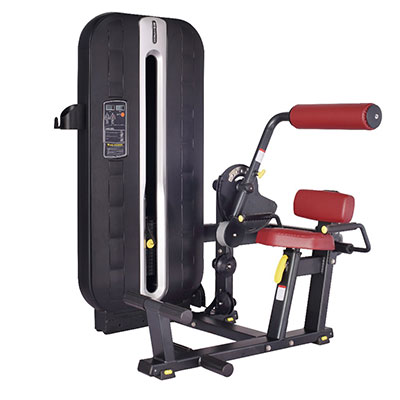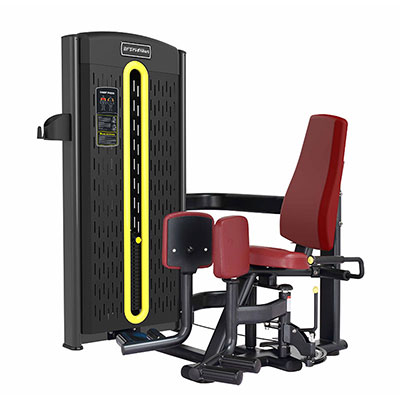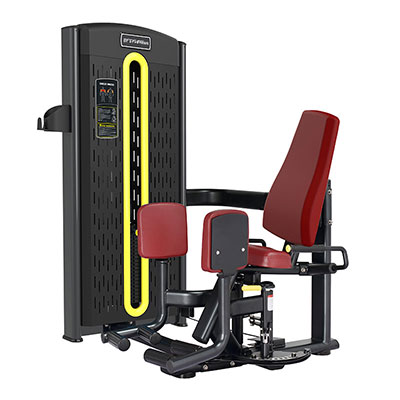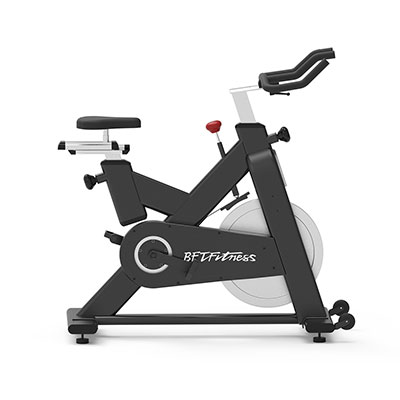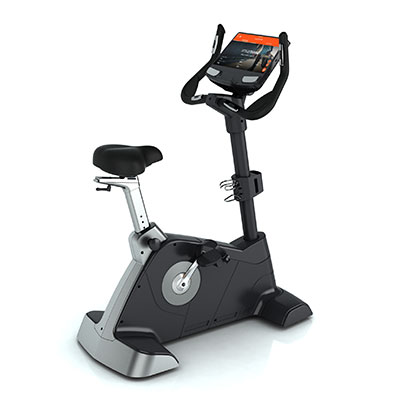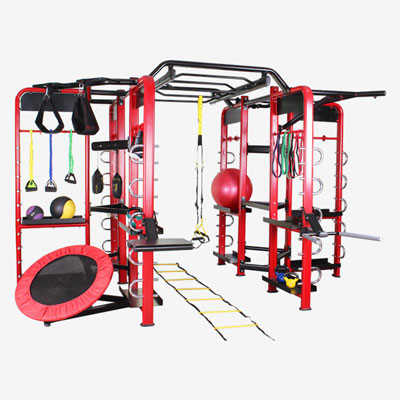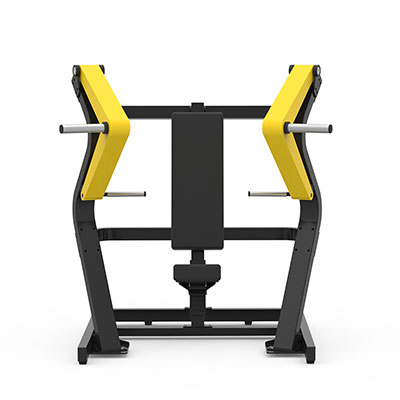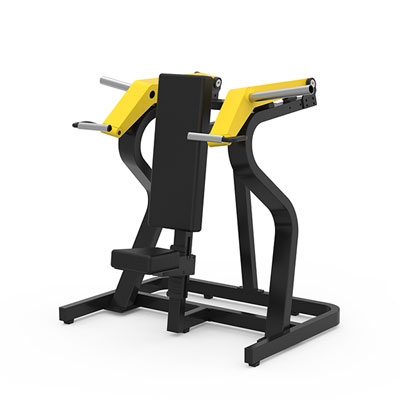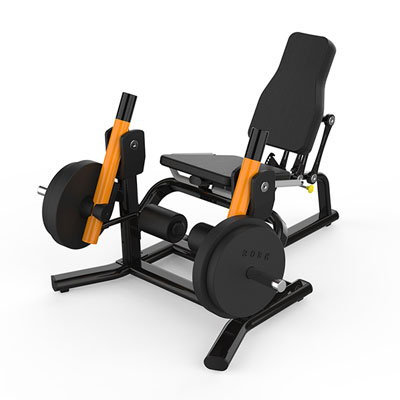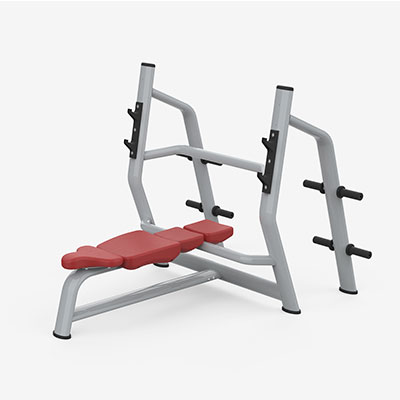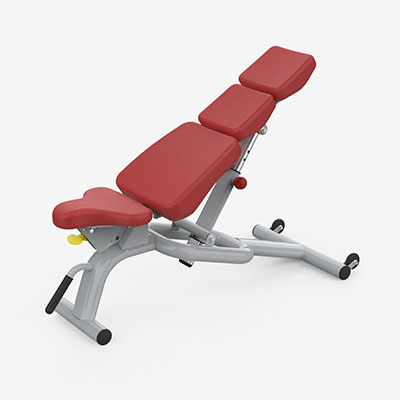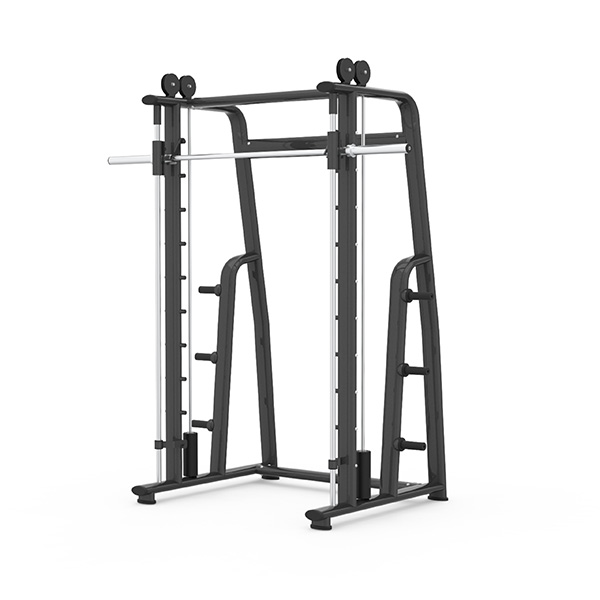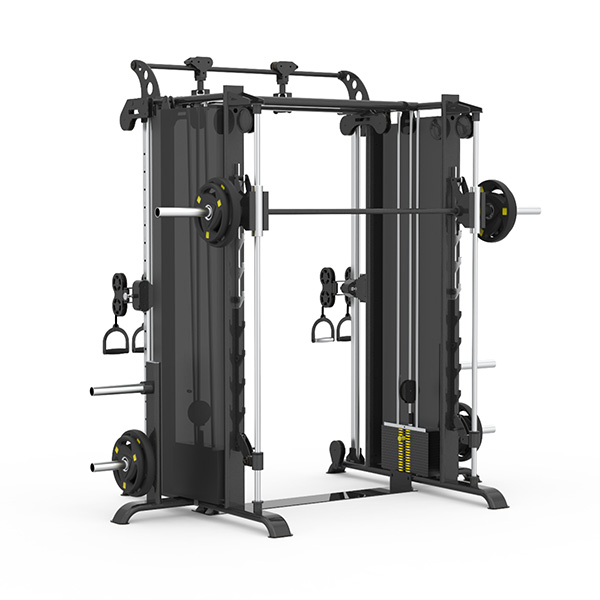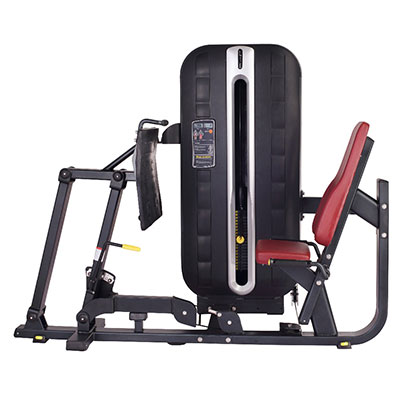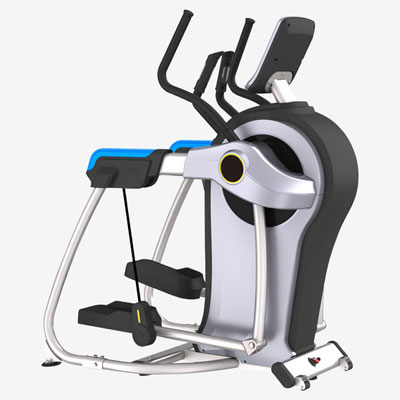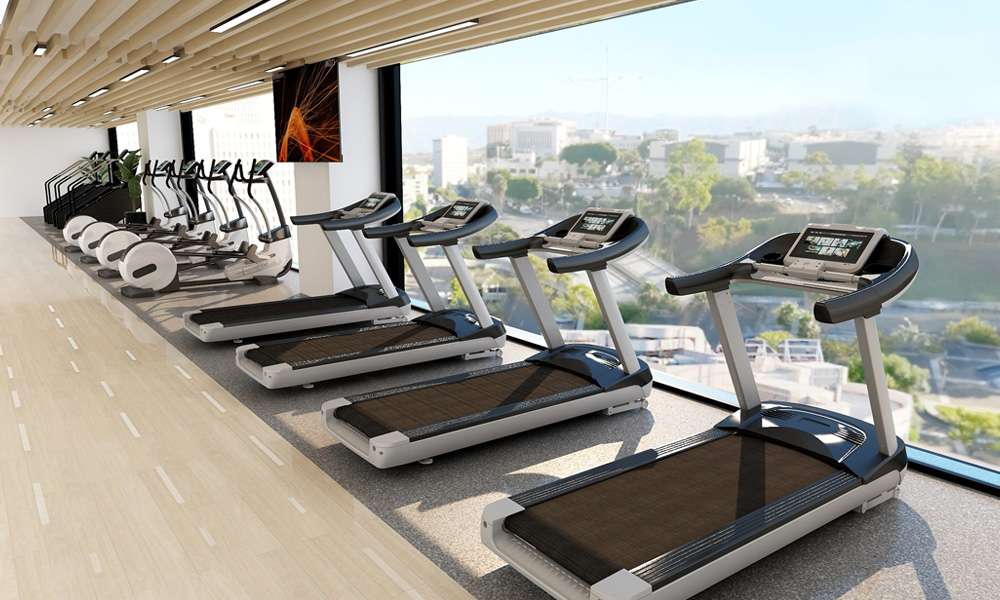Fitness Studio Investment Budget: A Strategic Approach to Your Wellness Venture
In the burgeoning landscape of health and wellness, opening a fitness studio represents a promising venture for aspiring entrepreneurs. However, the journey from concept to reality is paved with financial planning and strategic budgeting. Here’s a comprehensive guide to understanding and crafting a fitness studio investment budget that aligns with your business vision.
Preliminary Considerations
Before delving into numbers, it’s crucial to establish a clear business plan. This blueprint will outline your business goals, target audience, marketing strategy, and, most importantly, a detailed financial plan. The financial plan should encompass estimated startup costs, recurring costs, and projected revenues, ensuring your business remains financially viable from the outset.
Location and Infrastructure
The adage “location, location, location” holds particularly true for fitness studios. The right location can significantly impact your studio’s success, influencing factors such as client accessibility, competition proximity, and local demographics. When considering infrastructure, factor in the costs of renovation, design, and compliance with health and safety regulations.

Equipment and Technology
A substantial portion of your budget will be allocated to purchasing equipment. For a small start-up fitness studio, equipment costs can range between $10,000 and $50,000, depending on the quality and quantity of items such as free weights, treadmills, and cycles. Additionally, investing in a professional-grade sound system and technology like fitness tracking software can enhance the client experience.
Operational Expenses
Running a fitness studio involves various operational costs, including staff salaries, utilities, equipment maintenance, and studio upkeep. Marketing efforts to establish your brand presence are also a significant expense, requiring a strategic allocation of funds to ensure maximum reach and engagement.

Legal and Administrative Costs
The legalities of opening a fitness studio involve business registration, obtaining licenses and permits, and ensuring compliance with local regulations. These costs can vary widely but are essential investments to legitimize your venture.
Contingency Fund
Unexpected expenses are an inevitable part of any business. Establishing a contingency fund can provide a financial cushion, allowing you to navigate unforeseen challenges without jeopardizing your studio’s operations.

Conclusion
Opening a fitness studio is a substantial investment, with costs influenced by location, size, and the scope of services offered. By meticulously planning your investment budget and considering all potential expenses, you can set the stage for a successful and sustainable fitness business.
This article provides a general overview, and prospective studio owners should conduct thorough research or consult with industry experts to tailor their investment budget to their specific business model. Remember, a well-planned budget is the cornerstone of any thriving business venture in the fitness industry.

